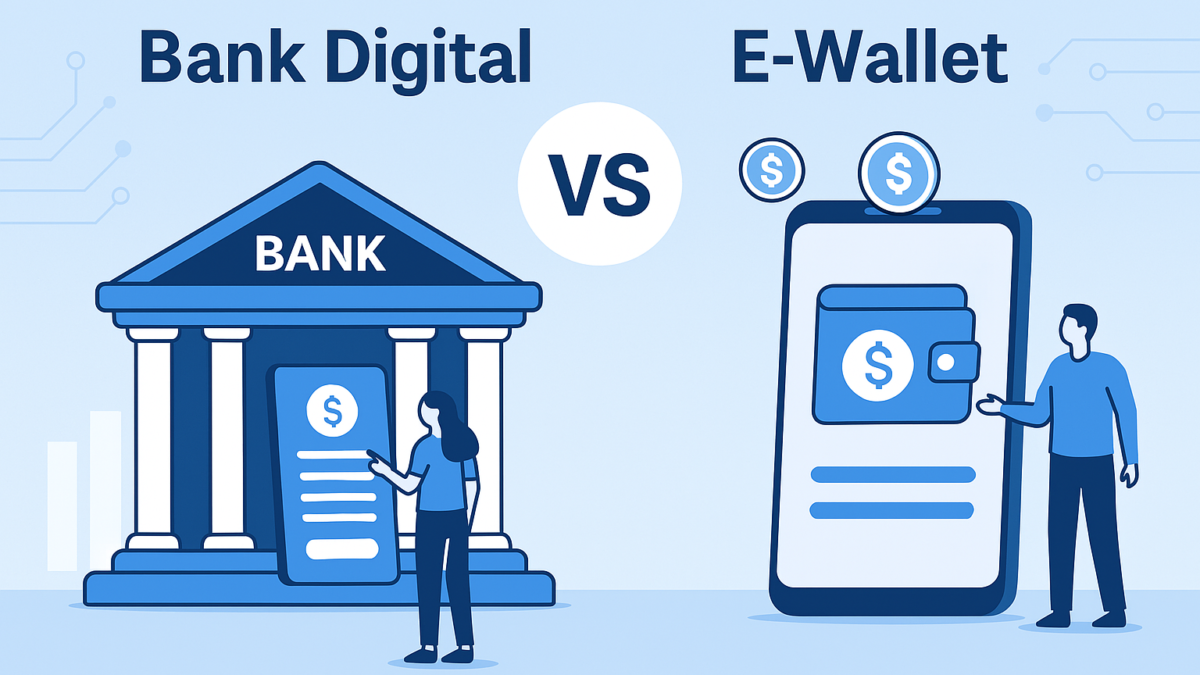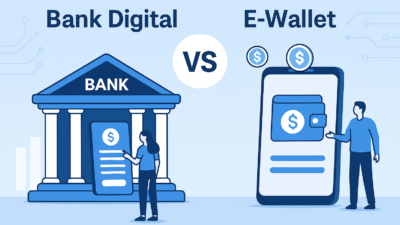
Overview
Venture capital (VC) is often seen as the holy grail of startup funding, but it’s not the only path to success. In fact, many successful businesses have grown without ever taking VC money. By exploring alternative funding options, entrepreneurs can retain more control over their businesses and avoid the pressure to scale prematurely.
This article highlights 10 practical ways to fund your startup without relying on venture capital, supported by real-world examples and backed by data.
1. Bootstrapping
What It Is:
Using your personal savings or business revenue to fund your startup. Bootstrapping is one of the most common ways entrepreneurs get started, especially in the early stages.
Why It Works:
- You retain full ownership of your business.
- Forces you to operate lean and focus on profitability early.
Real Example:
Mailchimp, the email marketing giant, was bootstrapped for over 20 years. It grew into a billion-dollar company without external funding by reinvesting its profits into the business.
Data:
According to the Kauffman Foundation, 82% of startups are self-funded to some degree.
2. Friends and Family
What It Is:
Raising money from people in your personal network who believe in your vision.
Why It Works:
- Often comes with flexible terms.
- Builds a support system of people rooting for your success.
Real Example:
GoPro founder Nick Woodman raised $200,000 from his parents to start the company, which eventually became a multi-billion-dollar brand.
Tip:
Formalize the agreement to avoid misunderstandings—use a promissory note or equity agreement.
3. Crowdfunding
What It Is:
Platforms like Kickstarter, Indiegogo, and GoFundMe allow entrepreneurs to raise money from the public in exchange for rewards, early access, or equity.
Why It Works:
- Validates your idea before you launch.
- Builds an engaged community of early adopters.
Real Example:
Pebble, a smartwatch company, raised over $10 million on Kickstarter, setting a record at the time.
Data:
Statista reports that global crowdfunding reached $17.2 billion in 2022 and is projected to grow annually.
4. Angel Investors
What It Is:
Individual investors who provide capital in exchange for equity or convertible debt. Angels typically invest at earlier stages than venture capitalists.
Why It Works:
- Angels often provide mentorship and connections alongside funding.
- Terms are often more flexible than VC deals.
Real Example:
WhatsApp received $250,000 in seed funding from early angel investors, which helped build the app before its acquisition by Facebook.
Tip:
Use platforms like AngelList or reach out to local angel investor networks to find opportunities.
5. Grants and Competitions
What It Is:
Non-dilutive funding provided by government programs, private organizations, or startup competitions.
Why It Works:
- No need to repay or give up equity.
- Recognition from winning competitions can boost credibility.
Real Example:
Solemates, a high heel protector company, won multiple grants and startup competitions, which helped fund their product development.
Data:
In the U.S., programs like SBIR and STTR provide over $3 billion annually in federal funding for startups.
6. Revenue-Based Financing
What It Is:
Startups receive funding in exchange for a percentage of future revenue until the loan is repaid, plus interest.
Why It Works:
- No equity dilution.
- Payments adjust based on revenue, making it easier to manage during slower months.
Real Example:
e-commerce brands frequently use platforms like Clearco to fund inventory or marketing without giving up ownership.
Data:
Clearco has invested over $2.5 billion in more than 5,000 companies worldwide using this model.
7. Bank Loans or Lines of Credit
What It Is:
Traditional loans or credit lines provided by banks, often requiring strong credit and a solid business plan.
Why It Works:
- Retain full ownership of your business.
- Fixed repayment terms make it easier to plan cash flow.
Real Example:
Spanx, founded by Sara Blakely, was initially funded with a $5,000 loan and personal credit cards. The company later became a billion-dollar brand.
Tip:
Consider SBA loans, which are designed to support small businesses with lower interest rates.
8. Pre-Selling Products or Services
What It Is:
Collecting payment for products or services before they are delivered. This approach is common in e-commerce, SaaS, and custom manufacturing.
Why It Works:
- Generates upfront cash without requiring external funding.
- Validates market demand for your offering.
Real Example:
Tesla pre-sold thousands of vehicles for its Model 3, raising billions in deposits before production began.
Data:
A study by Harvard Business Review found that pre-selling can reduce financial risk and increase customer commitment.
9. Strategic Partnerships
What It Is:
Partnering with other companies to share resources, expertise, or funding in exchange for mutual benefits.
Why It Works:
- Can include co-marketing efforts, shared tech development, or co-branded products.
- Reduces costs and risks by leveraging an established partner’s resources.
Real Example:
Red Bull partnered with GoPro for cross-promotional campaigns, reducing marketing costs and boosting brand visibility for both companies.
Tip:
Look for partners whose goals align with yours, ensuring a win-win relationship.
10. Profit Sharing or Revenue Sharing Agreements
What It Is:
Offering investors or partners a percentage of future profits or revenue in exchange for upfront capital.
Why It Works:
- No equity dilution.
- Flexible terms based on business performance.
Real Example:
Musicians and independent filmmakers often use revenue-sharing agreements with early backers to fund projects without traditional loans or VC.
Tip:
Draft clear agreements to outline percentages, timelines, and conditions.
How to Choose the Right Funding Option
Not all funding methods are suitable for every business. Consider the following:
- Stage of Your Business: Early-stage businesses may rely on bootstrapping or crowdfunding, while growth-stage companies might explore angel investors or bank loans.
- Industry: E-commerce, SaaS, and creative industries each have unique funding ecosystems.
- Risk Tolerance: Assess whether you’re comfortable with debt, equity dilution, or shared profits.
Final Thoughts
Funding your startup without venture capital is not only possible but often preferable. By exploring alternatives like bootstrapping, crowdfunding, or grants, you can maintain control over your business while still achieving growth.
Many successful companies—Mailchimp, Spanx, and GoPro—have thrived without relying on VC funding. Their stories prove that creativity, resourcefulness, and strategic planning can open doors to sustainable growth.
Which method will you try first? Start small, experiment, and find the funding approach that fits your vision!















